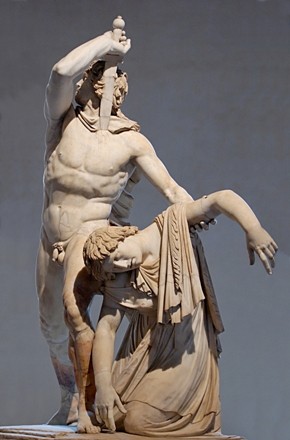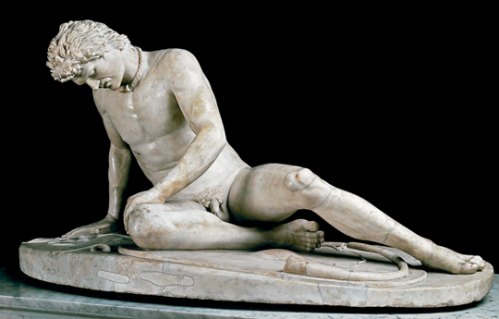A fine representation of Seleucid troops from a Russian journal as I can recall. Kudos to the creators. As I can see, from left to right there are a Seleucid Elite trooper
Seleucid troops
11/01/2021
Uncategorized Ancient warfare, Argyraspis, Chalkaspis, Greece, Greeks, Hellenistic, Military, Military history, Military topics, pezhetairos, Seleucid, Seleucids, thyreophoros Leave a comment
25 August AD 117– The announcement of Hadrian’s accession in Alexandria (#Hadrian1900)
07/10/2019
Uncategorized Egypt, Egyptian, Greece, Greek, Hadrian, Hellenistic, Nile, Oxyrhynchus, Roman army, Roman Empire, Romans, Rome Leave a comment
Republication from followinghadrian.com,
.
One thousand nine hundred years ago on this day, only two weeks after Hadrian’s proclamation in Antioch, the new prefect of Egypt (Praefectus Aegypi), Quintus Rammius Martialis, addressed a circular letter to the strategoi of the Egyptian districts (nomes) announcing the imperial accession of Hadrian and instructing them to declare festivities for ten days.
The document, written in Greek, has been preserved on papyrus (POxy 55.3781). It comes from the Oxyrhynchus Papyri Collection which comprises the papyrus texts excavated by two young Oxford scholars, Bernard Grenfell and Arthur Hunt, in the rubbish dumps outside the Graeco-Egyptian town of Oxyrhynchus in central Egypt in the late 19th and early 20th century. The manuscripts, dating from the 3rd century BC to the 7th century AD, include texts with information about the daily life and the economic affairs of the town as well as a large collection of literary works in Greek and a few in Latin. They were then brought to England and deposited in Oxford. The Egypt Exploration Society owns more than 500,000 papyrus fragments from this site which are now housed in the Sackler Library in Oxford. It is the biggest hoard of classical manuscripts in the world. After more than 100 years since their discovery, the Oxyrhynchus Papyri continue to be reconstructed from fragments and translated at Oxford University.
Location of Oxyrhynchos in Egypt.
By NordNordWest (Oxyrhynchos map.gif by Yomangani) [Public domain], via Wikimedia Commons
The expansion of Roman rule in Asia Minor
22/05/2017
Uncategorized Ancient warfare, Asia Minor, Bithynia, Hellenistic, Military, Military history, Pergamon, Roman Empire, Romans, Rome Leave a comment
ON THE PHYSICAL ANTHROPOLOGY OF THE ANCIENT CELTS
30/12/2013
Uncategorized Ancient warfare, Celtic, Celts, France, French, Galatia, Gallic, Gaul, Germans, Germany, Hellenistic, Nordic, Pergamon, Rome 3 Comments
 The two more renowned sculptures of the Pergamene School on the Gauls/Galatians: the ‘Dying Gaul’ and the ‘Gaul who commits suicide after having killed his wife’.
The two more renowned sculptures of the Pergamene School on the Gauls/Galatians: the ‘Dying Gaul’ and the ‘Gaul who commits suicide after having killed his wife’.
.
By Periklis Deligiannis
.
This paper is actually a part of my published book The Celts (Γαλάτες), Periscope publ., Athens 2008, unfortunately available only in Greek.
.
I have to refer to an old theory on the Celtic physical anthropology, which even today has a great number of supporters although it is based mainly on a misunderstanding interpretation of the representation – especially of the physical type – of the Galatian warriors by the ‘Pergamene sculpture School’, of the reports of the ancient Greek and Latin authors on the Celts and of other secondary data. This theory is influenced by the ‘Teutonic School’ of physical anthropology in the 19th-early 20th centuries (the archaeologist Gustav von Kossinna and the anthropologist Hans Gunther being its last main representatives), which had a kind of obsession on discovering Nordic warrior nobilities as ruling elites on almost all the ancient European peoples, including the Mediterranean peoples, and also on the Iranians, the Indians, the Egyptians and others. According to the theories of that School, the Nordic noble warriors were the real creators of the Celtic, the Roman, the Greek, the Indian and other ancient civilizations.










